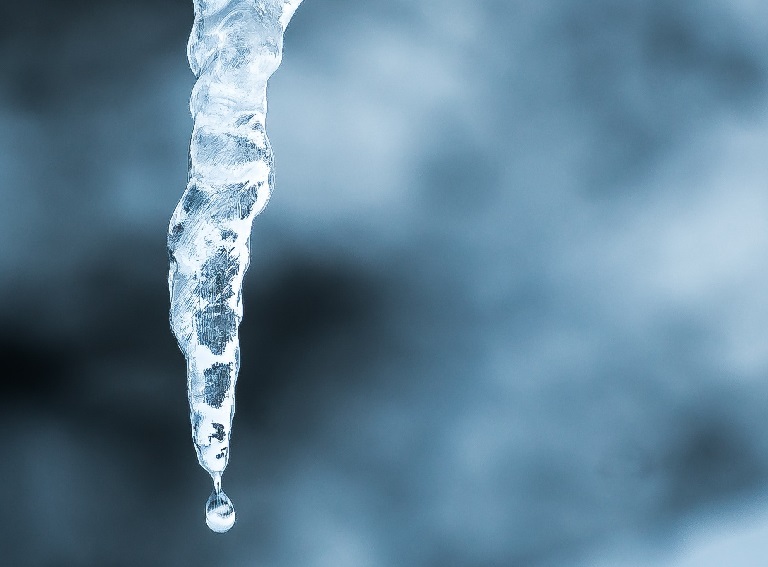Central Counterparties: When Monetary Policy is Not Enough

The overall picture of the U.S. economy, though far from stable, is hardly threatening. For instance, U.S. payrolls grew by 128,000 in October. Nevertheless, the Fed cut the interest rate for the third consecutive quarter in late October. The turmoil in the repo market in September seems to be a significant stressor for the Fed. The Fed started to add large amounts of liquidity to markets about seven weeks ago after repo markets faced a shortage of money that sent short-term borrowing rates soaring. The Fed’s focus has been on loosening credit conditions in the market for short-term funding. However, these measures might not be enough to save all systemically important financial institutions in this market, including clearinghouses (known as CCPs) that clear repo contracts, from becoming illiquid.
The least well-understood effects of the recent instabilities in the repo market are on the CCPs. Fixed-income financing, also known as a repo, is a type of short-term funding in which the counterparties, usually securities dealers, borrows cash by posting collateral. After the financial crisis, regulators required repo transactions between dealers to be centrally cleared through CCPs. Consequently, the risk concentration within CCPs has grown dramatically. In a typical cleared repo trade, a CCP would borrow $100 from a cash-rich lender (e.g., a money market fund) and then on-lend the proceeds to a cash borrower (e.g., a securities dealer) in exchange for collateral. As part of this, the CCP would have to put up its own capital against $100 of repo exposure. During a liquidity crunch, when cash is scarce and rates are high, cash borrowers, including securities dealers who do not have access to the Fed’s balance sheets, are more likely to default. A cascade of such defaults can make CCPs illiquid even though the collaterals should help CCPs to remain solvent at least at the beginning of the liquidity spiral.
At the heart of this problem is the simple fact that securities dealers are both the cash borrowers in the repo market and the providers of market liquidity. As the matter of Lehman-Brothers revealed, securities dealers’ ability to continue providing market liquidity vastly depends on their access to funding liquidity or cash. The vanishing market liquidity would compromise CCPs’ financial positions during the financial crisis. In the case of systematic defaults, CCPs can sell the collaterals to protect their capital. In the process, they might become illiquid for at least two reasons: first, if the dealers stop making the market, which is the case during the financial crisis, CCPs might not be able to sell these collaterals quick enough to pay back the original loans. Second, the sale of the collaterals could lead to a phenomenon known as “firesale” which involves selling these assets at hugely discounted prices. CCPs temporary cash flow problems could create a permanent solvency crisis if they cannot sell the collaterals cheaply, quickly, and without changing the market price.













